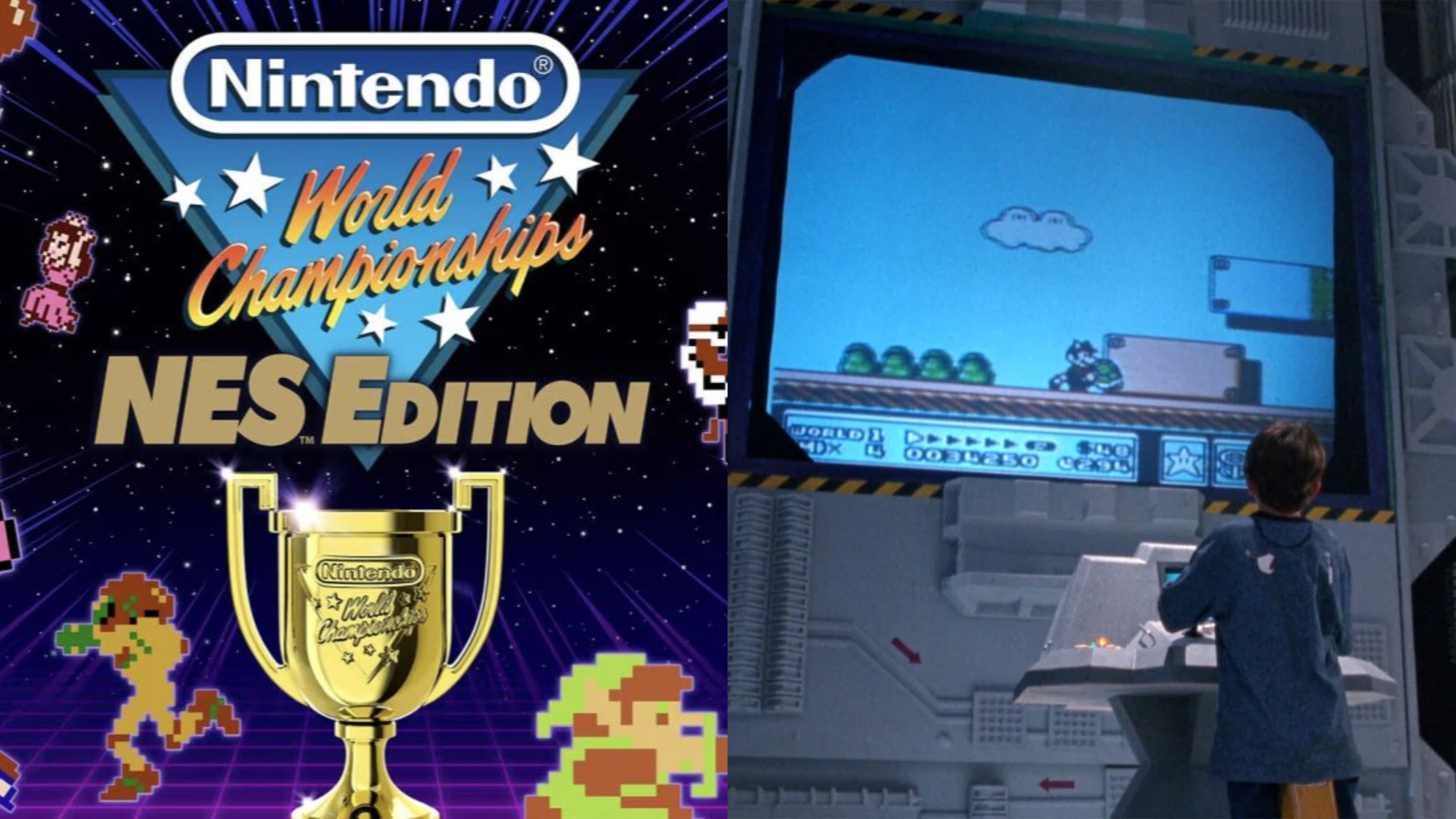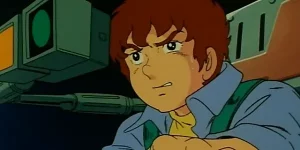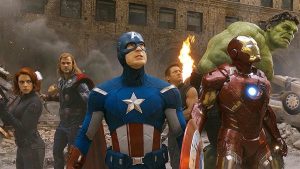
As Nintendo prepares for its future with the eventual successor to the Nintendo Switch, it also has taken the time to celebrate its past, releasing the compilation title Nintendo World Championships: NES Edition on the Switch. This release not only revisits the classic games from Nintendo’s inaugural home console but nearly coincides with the 35th anniversary of the cult classic 1989 movie The Wizard, which revolved around a similar competition involving Nintendo Entertainment System games. More than offering a trip down an NES-tinged memory lane, both the movie and Switch compilation highlight the early, halcyon days of the proto-esports scene.
The earliest days of esports in the United States were a magical, untested period for the industry and Nintendo played a huge role in shaping it. The Wizard distills the innocent magic and cynicism-free spirit of the scene that modern esports unfortunately lacks and it explores this open gaming frontier. And, with this new release on the Switch, the legacy of the original Nintendo World Championships continues to live on today.
The Early Days of Esports
Public competitive scenes around video games have existed almost as long as the medium itself, with gamers in the ‘70s and early ‘80s in North America and Japan competing individually to earn the highest score on games like Space Invaders and Donkey Kong. By 1982, video game competitions spread into television programming, with competitive shows like Starcade and First Class. One of the first esports teams formed was the U.S. National Video Game Team, created in Iowa in July 1983 to offer a sense of community and organized competition to this fledgling scene.
Other than Donkey Kong, one of Nintendo’s earliest forays in gaming competitions was VS. Super Mario Bros., an arcade remix of Super Mario Bros. that significantly increased the difficulty and had players compete for the highest score. By 1989, Nintendo of America played a direct role in organizing the competitive scene around its company’s games, starting with the Nintendo Challenge Championship in Canada. After this, Nintendo of America looked to escalate this competition to an even grander scope as it assumed full control of the events’ organization with the following year’s Nintendo World Championships.
The Nintendo World Championships
The very first Nintendo World Championships were held from March 8-11, 1990, in Dallas before embarking on a tour of the United States that consisted of 29 cities. Contestants were divided into three age groups, with the two players with the highest scores squaring off at the end of the week for the title of City Champion, a $250 prize, and a trip for two to Universal Studios Hollywood. The World Finals were held at Universal Studios Hollywood in December 1990, with the champions of each age group awarded a $10,000 savings bond, big-screen television, a Geo Metro convertible, and a golden trophy of Mario.
For the competition, Nintendo utilized a special NES cartridge that contained remixed versions of the three games used to record high scores. These games were Super Mario Bros., Rad Racer, and Tetris, timed to give players six minutes and 21 seconds to record cumulative high scores for all three games within the competition window. Each of the contestants that reached the World Finals were given a copy of the cartridge, titled Nintendo World Championships, which allowed them to adjust how much time they were allowed outside of the formal competition.
The cartridges themselves became something of a gaming legend, with only a limited number of them ever produced as they weren’t intended for mass market sales. Both gray and gold variations of the cartridge were manufactured, with resellers pricing copies of Nintendo World Championships for over $100,000 as the rarest and most expensive game in the entire NES library. Another cinematic cult classic that helped popularize the legacy and mystique behind the Nintendo World Championships came with the release of the movie The Wizard.
The Magic of the Wizard
Though 1989’s The Wizard came out the year before the Nintendo World Championships, the climactic tournament in the movie certainly contained clear parallels to the competition, particularly the tournament’s setting at Universal Studios Hollywood. One of the key changes was rather than using a Nintendo World Championships cartridge for the competition, the movie’s tournament culminated in the contestants competing for the high score in Super Mario Bros. 3, which was two months away from its North American release at the time of the film premiere. This only further hyped the movie, which contained plenty of major Nintendo product placement, including the NES Power Glove peripheral and the original Ninja Gaiden.
But more than just the constant callouts to Nintendo products, The Wizard really captures the magic of those early esports days better than preceding movies that featured competitive gaming, like Tron or The Last Starfighter. There is an innocence about the competition, that any prospective player can just walk up and, after wowing the judges from a few minutes of playing Ninja Gaiden, they have a shot at the title. This story is part childhood wish fulfillment and the types of underdog competitive movies like Rocky and The Karate Kid that got young audiences hyped, just swapping out crane kicks with Warp Whistles.
And in this era of corporately backed esports teams and leagues, divisive gaming personalities, and overarching drama in the current scene, The Wizard and Nintendo World Championships exude a vision of esports untainted by modern cynicism. Yes, there were plenty of corporate sponsors in both the movie and early Nintendo esports scene itself, but it didn’t seem to bleed directly into the player pool just yet. The idea of being a professional gamer wasn’t as viable then, in a pre-Twitch/Evo world, as it is now. To be able to go cross-country and make money playing video games felt like a dream come true, especially with Nintendo’s dominance in the industry at that time and The Wizard effectively leans into that idealistic possibility.
Nintendo and the Forgotten Esports Dream
Unfortunately, the dream of the Nintendo World Championships was a short-lived one, with Nintendo changing its esports strategy the following year. In 1991 and 1992, Nintendo turned its attention to college-age competitions instead of the multiple age-group system used in the Nintendo World Championships, instead sponsoring the Nintendo Campus Challenge. Nintendo PowerFest ‘94, colloquially known as Nintendo World Championships ‘94 or Nintendo World Championships II, closed out the major Nintendo-sponsored competitions for decades.
The competition returned to a similar format as contestants in qualifying matches nationwide played for the best timed cumulative high score in Super Mario Bros: The Lost Levels, Super Mario Kart, and Ken Griffey, Jr. Presents Major League Baseball on a special Super Nintendo cartridge. The finalists convened for the final tournament in San Diego, playing for the highest score on a modified Donkey Kong Country cartridge. After this, Nintendo wouldn’t play a significantly active role in public competitions involving their games until a revival of the Nintendo World Championships in 2015.
As Nintendo quietly withdrew from sponsoring major esports competitions, the void was filled by the nascent fighting game scene, with Street Fighter II leading the charge, and early online and local area network competitions spearheaded by Doom. The ‘90s saw the esports scenes steadily grow beyond the shadow of Nintendo and its high score format into something much more directly competitive that has endured today. With its growth came more corporate attention, both in the form of sponsors and the game developers and publishers themselves playing a more active role in competitions involving their respective games.
The Evolution Nintendo Esports
All this isn’t to say that the esports scene long after the original Nintendo World Championships is worse by any conventional measure nor that the ‘80s and ‘90s proto-esports movement was practically perfect in every way. The esports community has grown and diffused to virtually every major form of the medium, spurred by major events like DreamHack and the Evolution Championship Series (EVO), and individual personalities on Twitch and YouTube. Just as Nintendo’s ubiquitous hold over the video game industry was never going to last, neither was the company being the sole overseer of the competitive community around the industry, which has only grown exponentially since the original Nintendo World Championships.
But there is something about the Nintendo World Championships and the excitement around them captured by The Wizard that the subsequent esports scene hasn’t quite replicated since. The ultimate childhood dream of any young, impressionable gamer was to compete with the most popular titles on the biggest possible stage and be recognized and rewarded for their natural aptitude for gaming. The Wizard understood the assignment and delivered that cinematically, with Nintendo itself picking up the baton and making that dream a reality for the next several years. With Nintendo World Championships: NES Edition coming to the Switch, gamers can relive those halcyon glory days, fueled by 8-bit nostalgia and challenging twists on the games of the era they love.
The post How Nintendo World Championships Takes Us Back To The Magical Early Era of eSports appeared first on Den of Geek.




